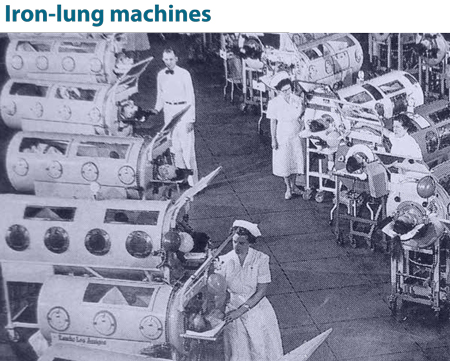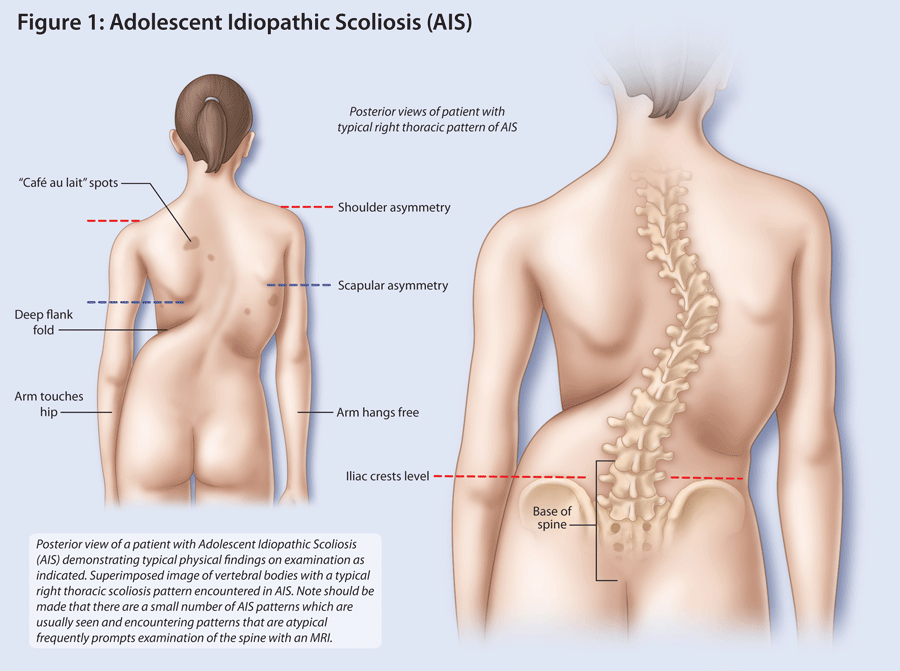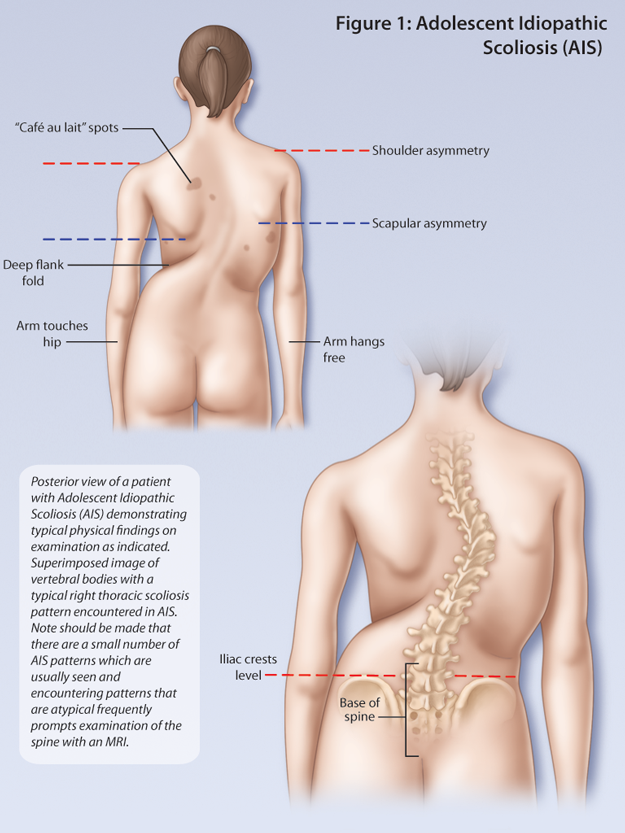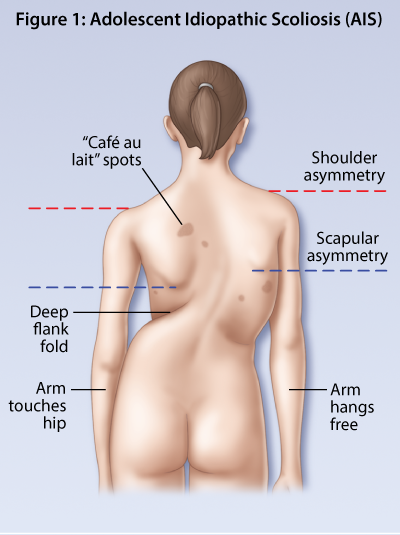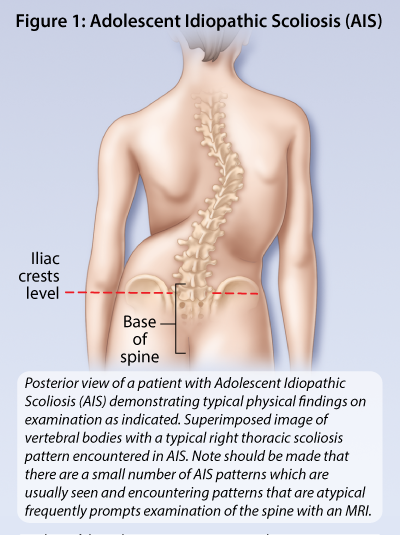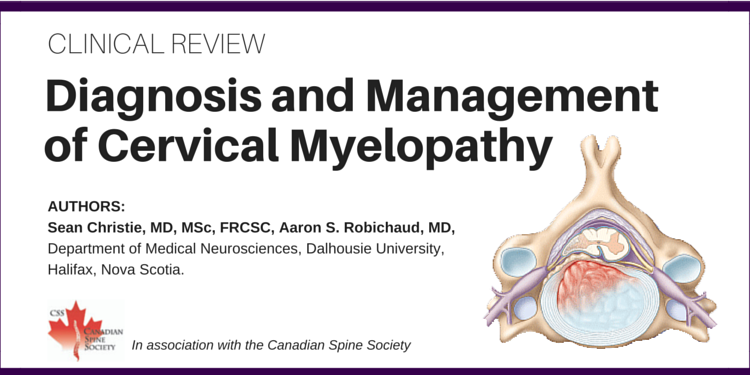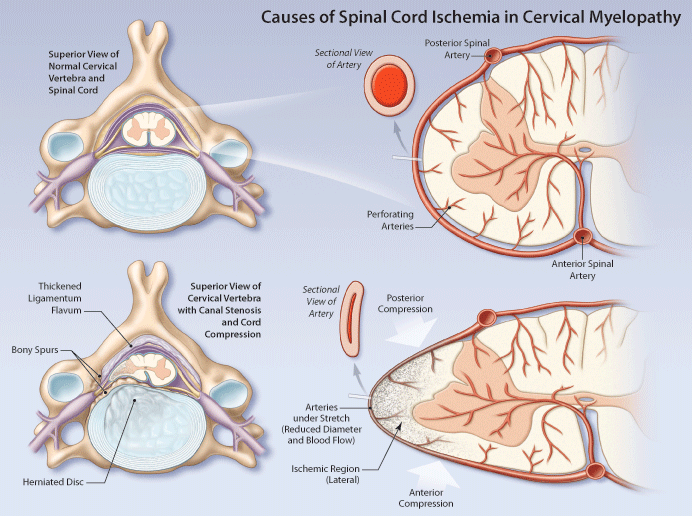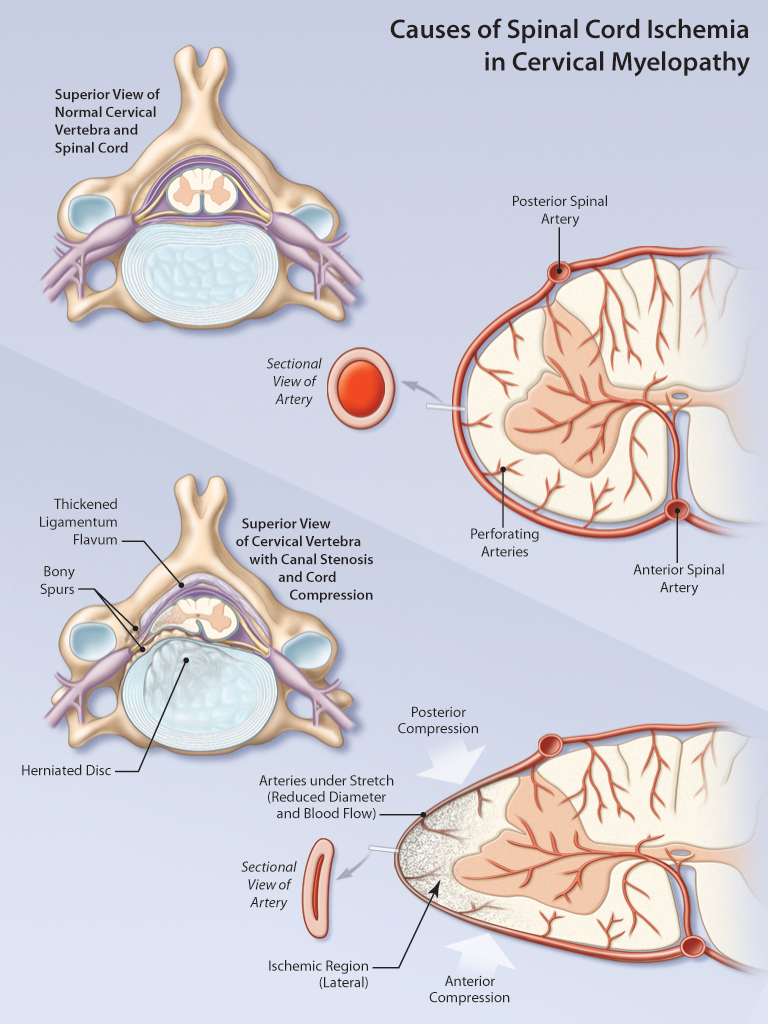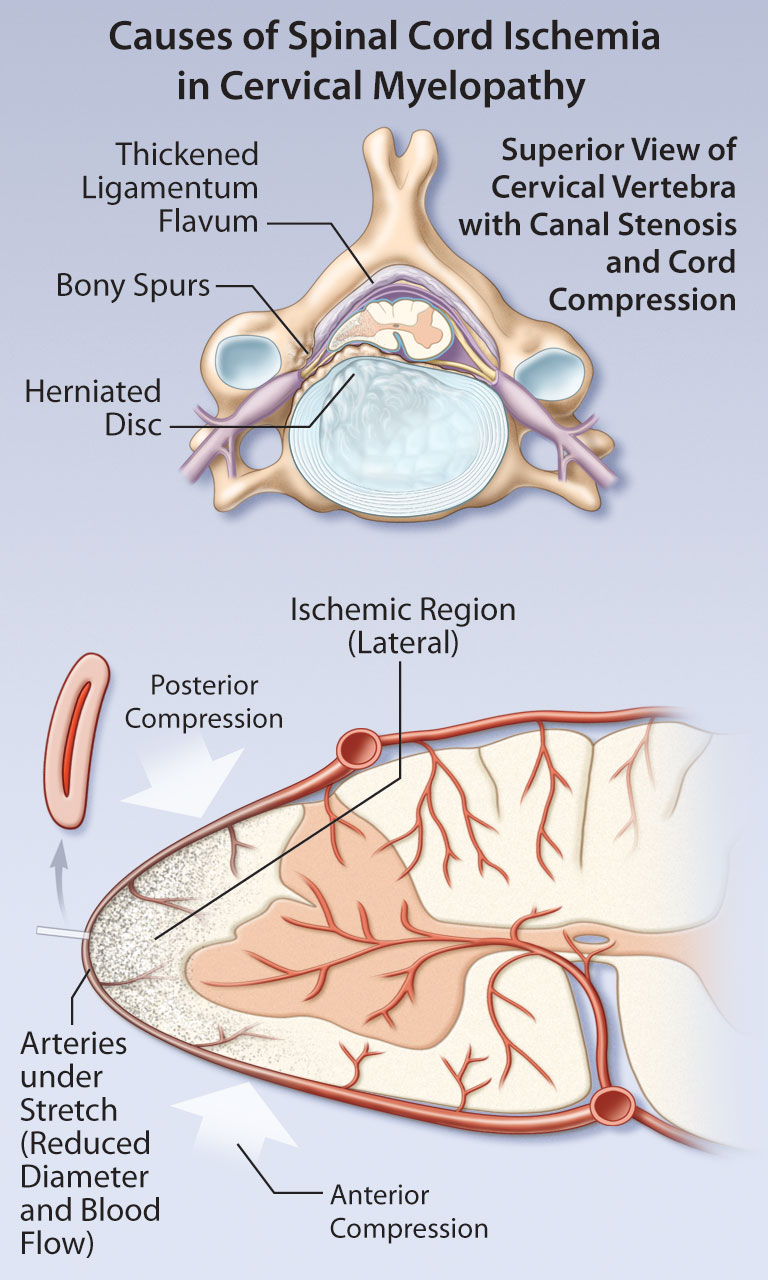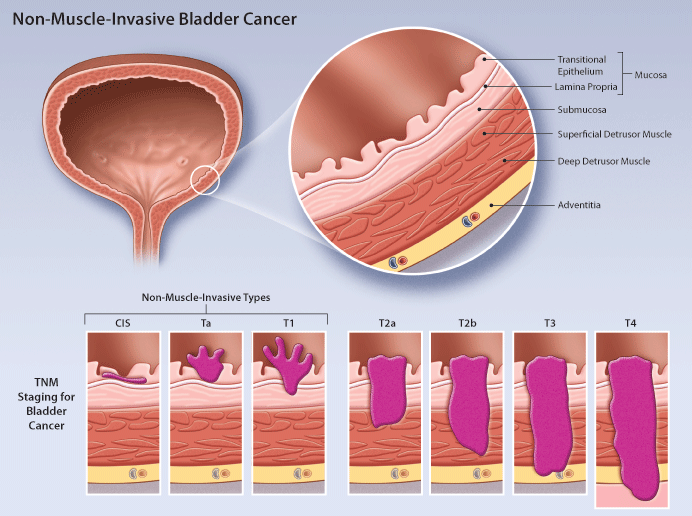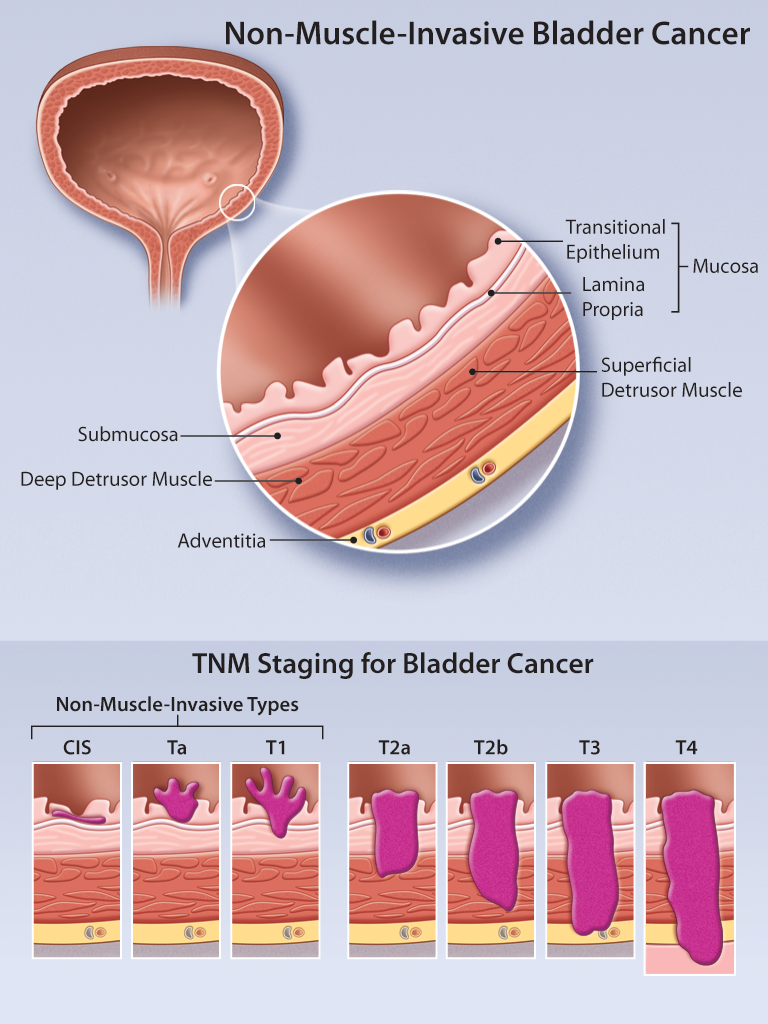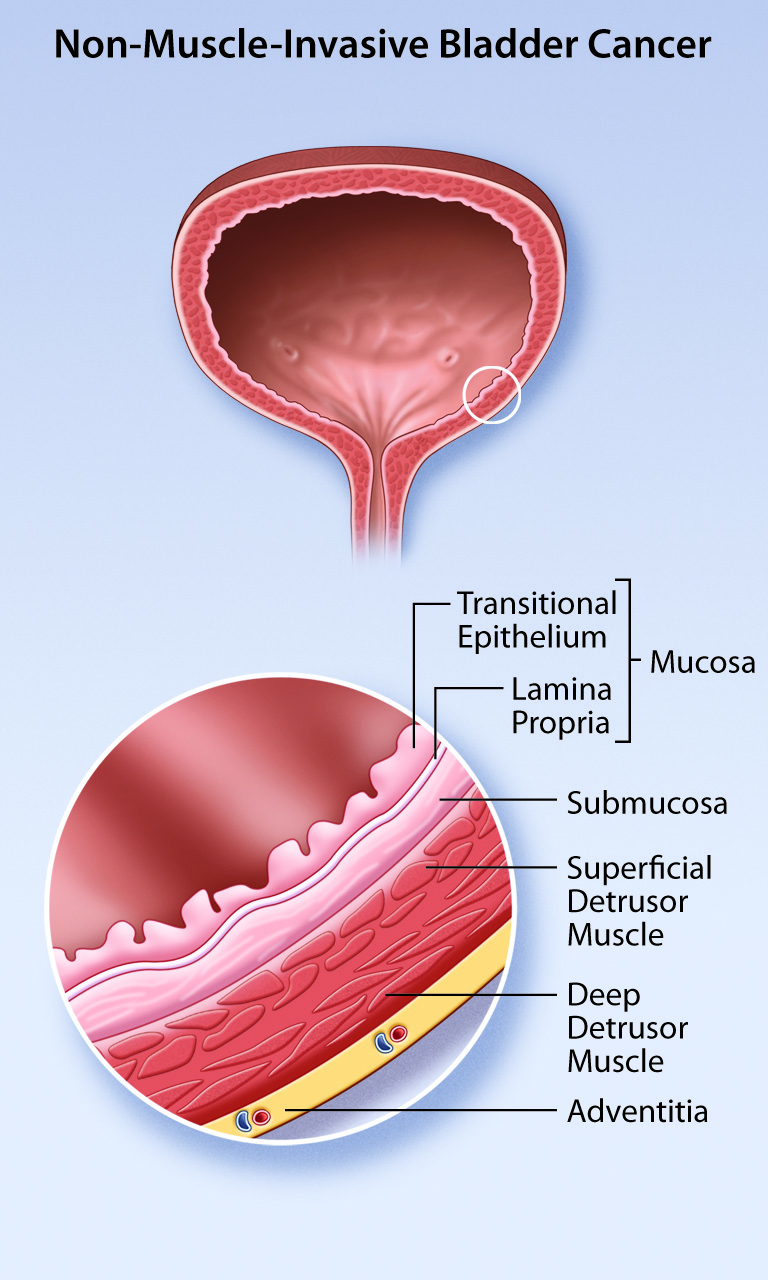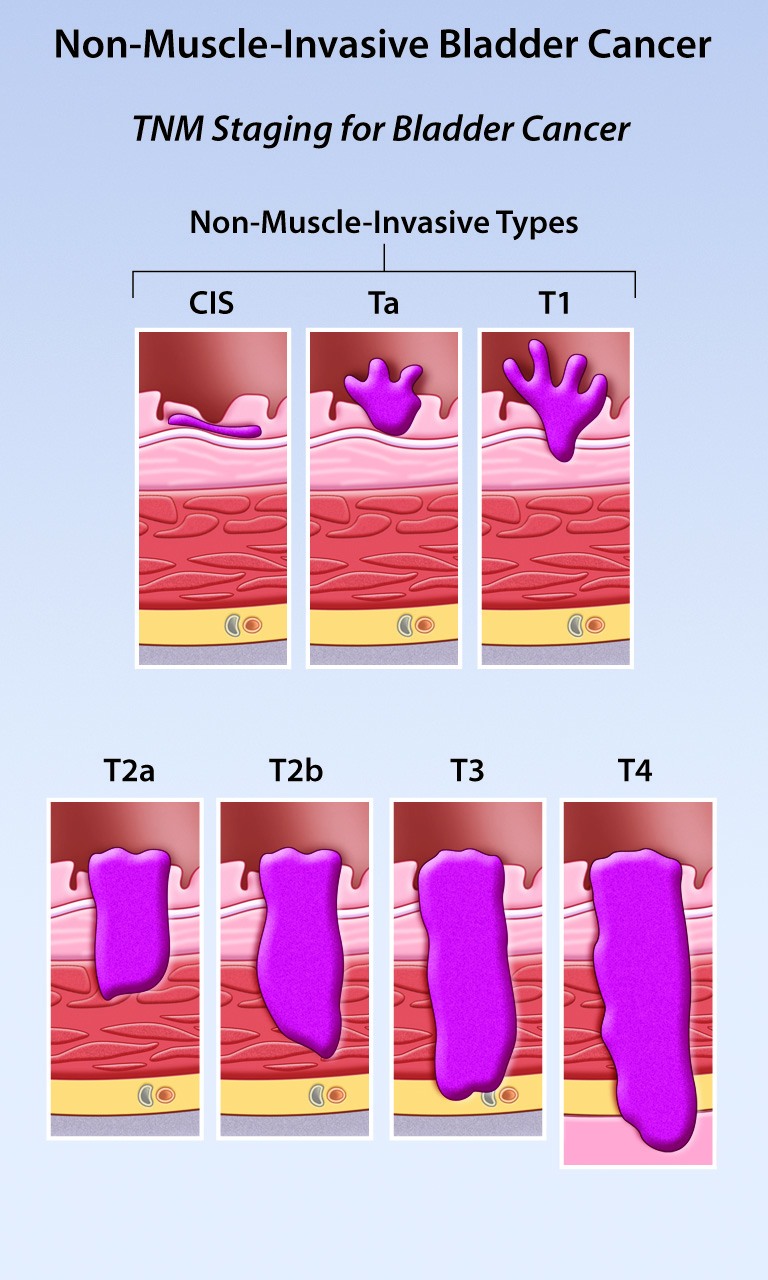Lessons to be Learned from History and the Perspective of Grandparents and Vaccination of Children
Lessons to be Learned from History and the Perspective of Grandparents and Vaccination of Children
Editor's Note, Volume 5 Issue 1
Editor's Note, Volume 5 Issue 1
D’Arcy Little, MD, CCFP, FRCPC
Medical Director, JCCC and HealthPlexus.NET

- Read more about Editor's Note, Volume 5 Issue 1
- Log in or register to post comments
Post-test: Managing Adolescent Idiopathic Scoliosis (AIS) in Primary Care
Post-test: Managing Adolescent Idiopathic Scoliosis (AIS) in Primary Care
| Questions | 5 |
|---|---|
| Attempts allowed | Unlimited |
| Available | Always |
| Pass rate | 75 % |
| Backwards navigation | Allowed |
Pre-test: Managing Adolescent Idiopathic Scoliosis (AIS) in Primary Care
Pre-test: Managing Adolescent Idiopathic Scoliosis (AIS) in Primary Care
| Questions | 3 |
|---|---|
| Attempts allowed | Unlimited |
| Available | Always |
| Pass rate | 75 % |
| Backwards navigation | Allowed |


